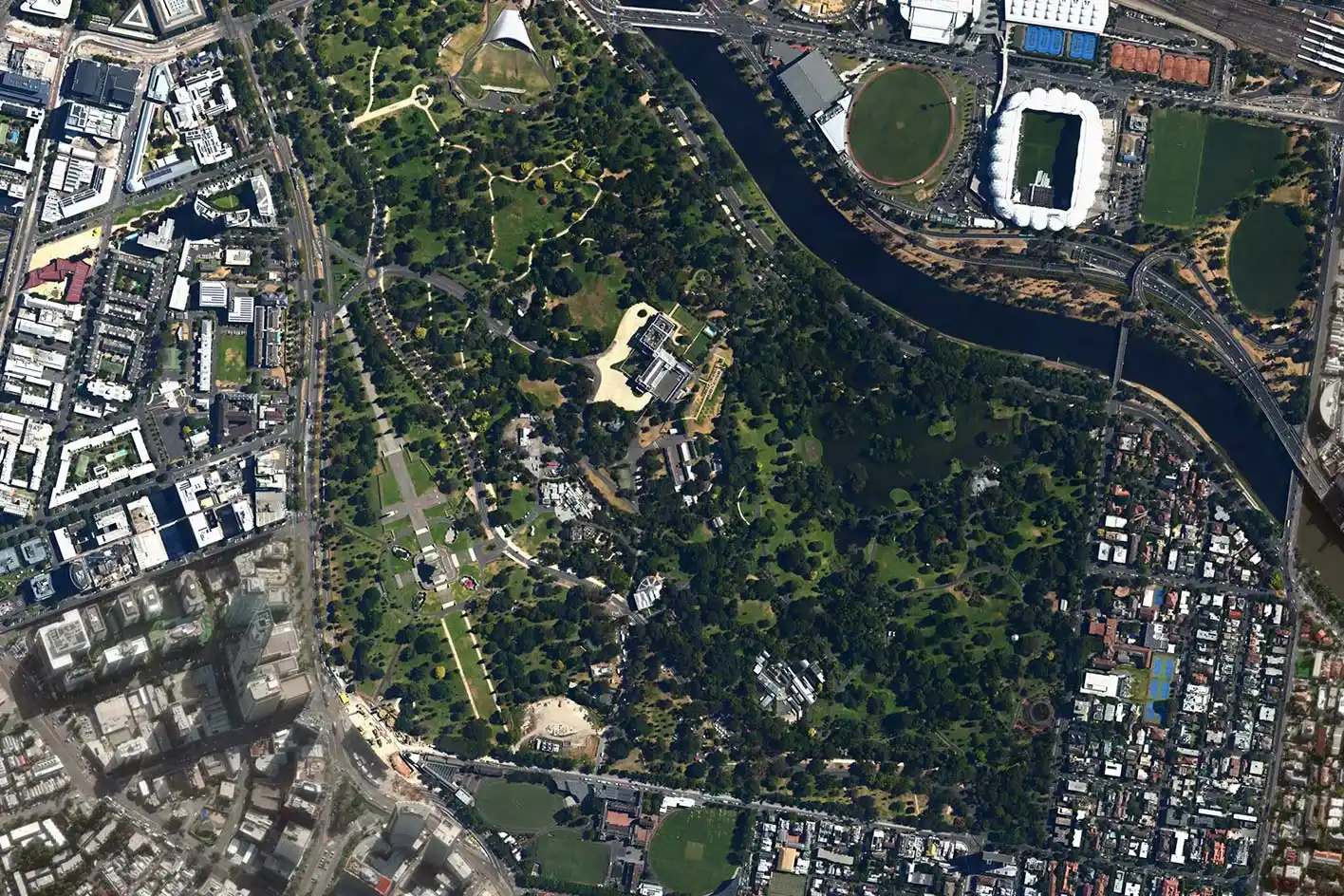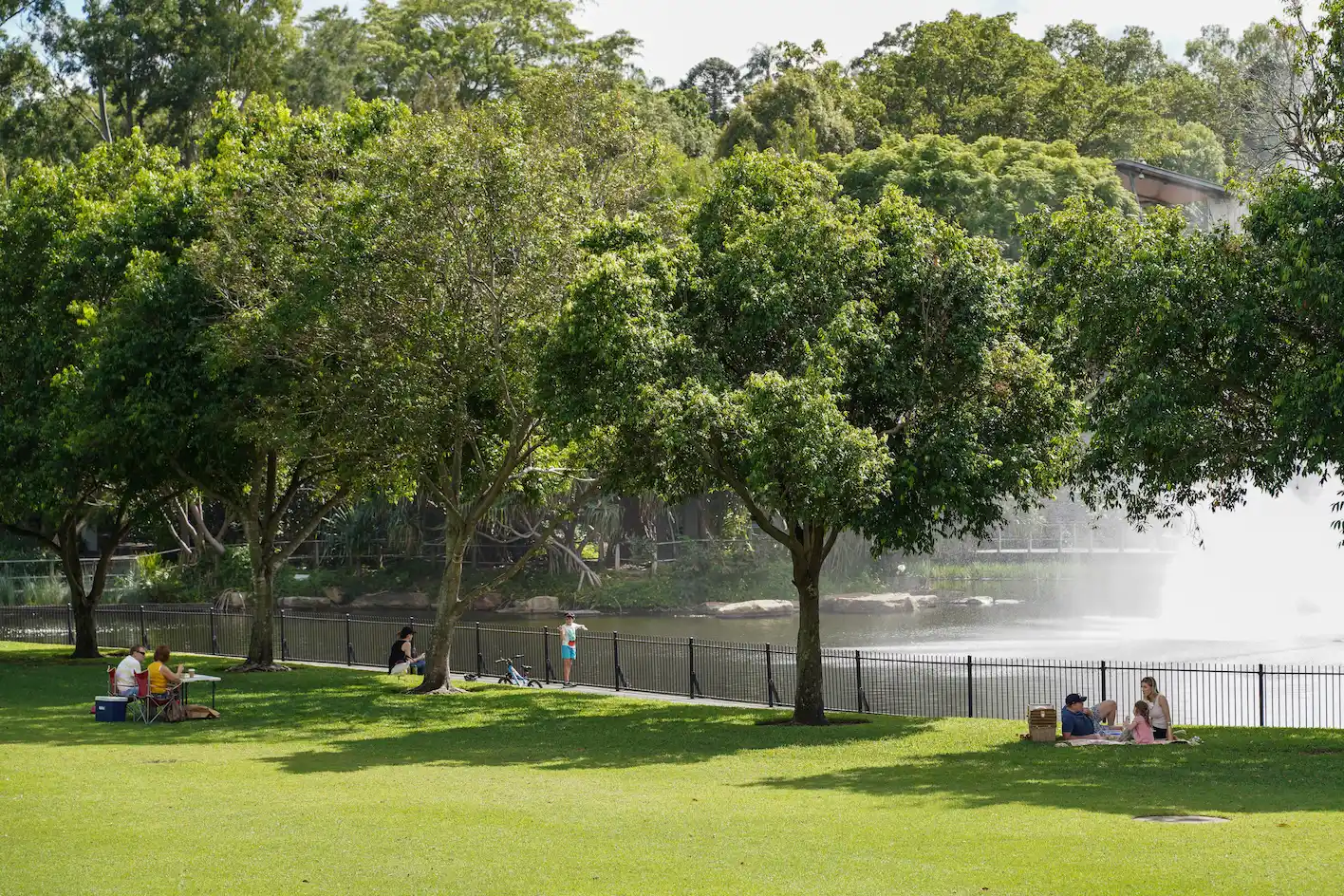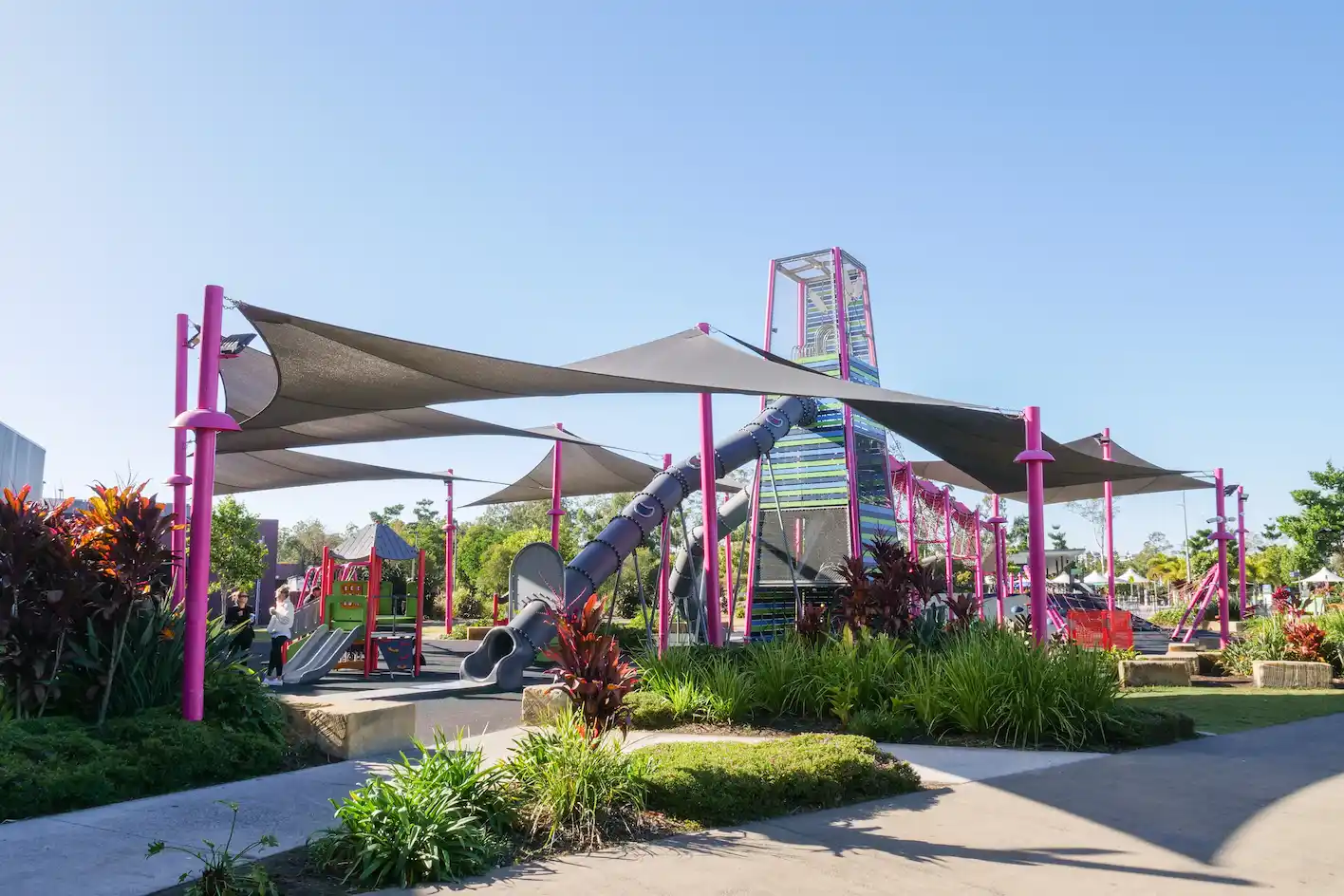Understanding people’s travel patterns and where they spend their time are powerful advantages that open space and parks planners can leverage using mobility data.
Sometimes called People Movement Data or human movement data, it aggregates the travel data of millions of GPS-enabled device owners. This defining quality, which itself has a subset of benefits, makes it a highly impactful dataset for parks and open space planners.
It’s spatially accurate
People Movement Data is gathered using Location Based Services of opt-in mobile devices, which means it’s using GPS data. Its high degree of spatial accuracy means that it’s possible to see, in detail, how an area is being utilised – and this level of precision is highly illustrative in places where people are free to roam (like parks and open spaces). With People Movement Data, it’s possible to identify detailed movement patterns and see exactly where people congregate.








